11 Rare and Priceless Antiques from the Victorian Era
The Victorian era left behind a wealth of antiques that are highly prized by collectors today. These items, ranging from fine jewelry to delicate porcelain, capture the essence of the period’s craftsmanship and style. Over the years, many of these antiques have become priceless, with their value continuing to rise. Their rich history and timeless appeal make them sought-after pieces in the world of antiques. Let’s take a closer look at of the most priceless antiques from the Victorian era.
This post may contain affiliate links, which helps keep this content free. Please read our disclosure for more info.
Victorian Tiffany Lamps
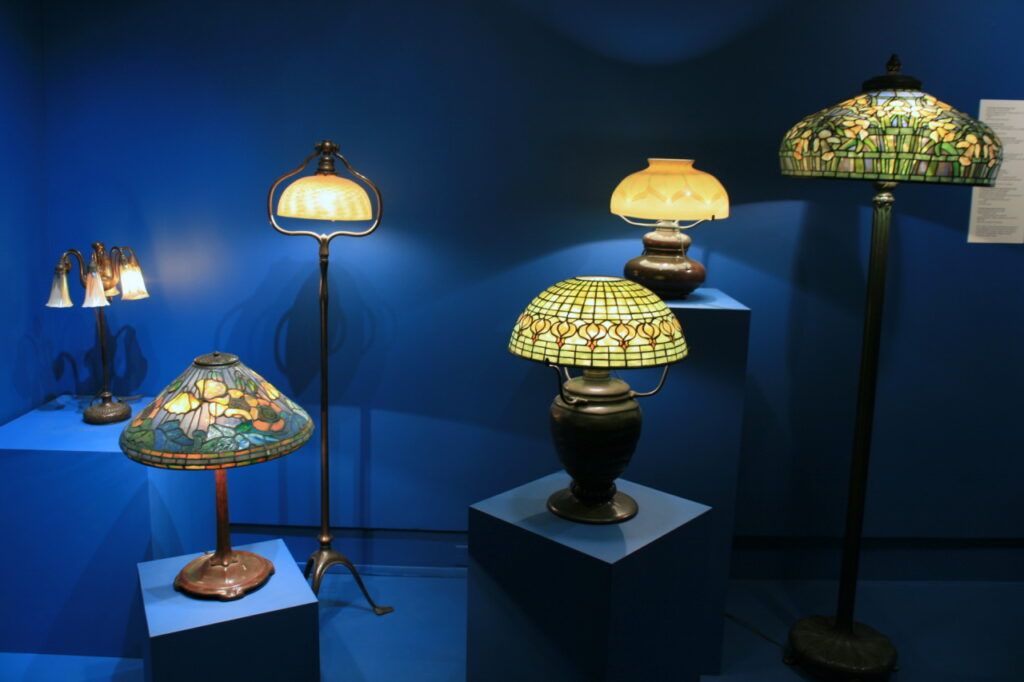
Victorian Tiffany lamps were created in the late 19th century, during the height of the Victorian era, by the renowned Tiffany Studios. These lamps are famous for their intricate stained glass designs, which often feature floral patterns and vibrant colors. What makes these lamps priceless is the craftsmanship and the use of high-quality materials, such as copper and lead for the frames. The estimated market value for an authentic Victorian Tiffany lamp ranges from $5,000 to $20,000, depending on its rarity and condition.
Tiffany lamps are not just functional lighting pieces but are considered works of art that reflect the opulence of the Victorian era. They represent the craftsmanship and artistry of the time, with each lamp being meticulously handcrafted. The value of these antiques continues to rise due to their historical significance and artistic beauty. Owning one of these lamps means owning a piece of American decorative history.
Queen Victoria’s Personal Jewelry

Queen Victoria’s personal jewelry was created during her reign from 1837 to 1901. The jewelry, which includes various pieces such as rings, necklaces, and brooches, reflects her personal taste and Victorian fashion. These pieces are priceless due to their historical significance, having belonged to one of the most iconic monarchs in British history. The market value of her personal jewelry is difficult to estimate, but pieces can range from several hundred thousand dollars to millions, depending on their provenance and condition.
These jewelry pieces symbolize the power, wealth, and influence of Queen Victoria, who ruled during the height of the British Empire. They often incorporate diamonds, sapphires, and other precious gemstones, reflecting the luxury of the era. The historical connection to Queen Victoria makes these pieces highly sought after by collectors and museums worldwide. Each item serves as a link to the Victorian era and the royal heritage of Great Britain.
Victorian Grandfather Clock

Victorian grandfather clocks were created in the mid-to-late 1800s, during the Victorian period, when clocks became essential decorative pieces in the home. These clocks are known for their tall, elegant wooden frames, often made of mahogany or oak, and their intricate clock faces. What makes these clocks priceless is the combination of fine craftsmanship, detailed woodwork, and the precision of the timekeeping mechanisms. The estimated market value for a well-preserved Victorian grandfather clock can range from $1,000 to $10,000, with rare examples exceeding this price.
Grandfather clocks from the Victorian era represent the importance of timekeeping and the status associated with owning such a luxury item. They are symbols of the era’s focus on elegance and domestic life, often displayed in prominent places in the home. The clocks typically feature decorative pendulums and chimes, adding to their appeal. Their timeless design and historical value make them highly collectible today.
Victorian Porcelain Vases
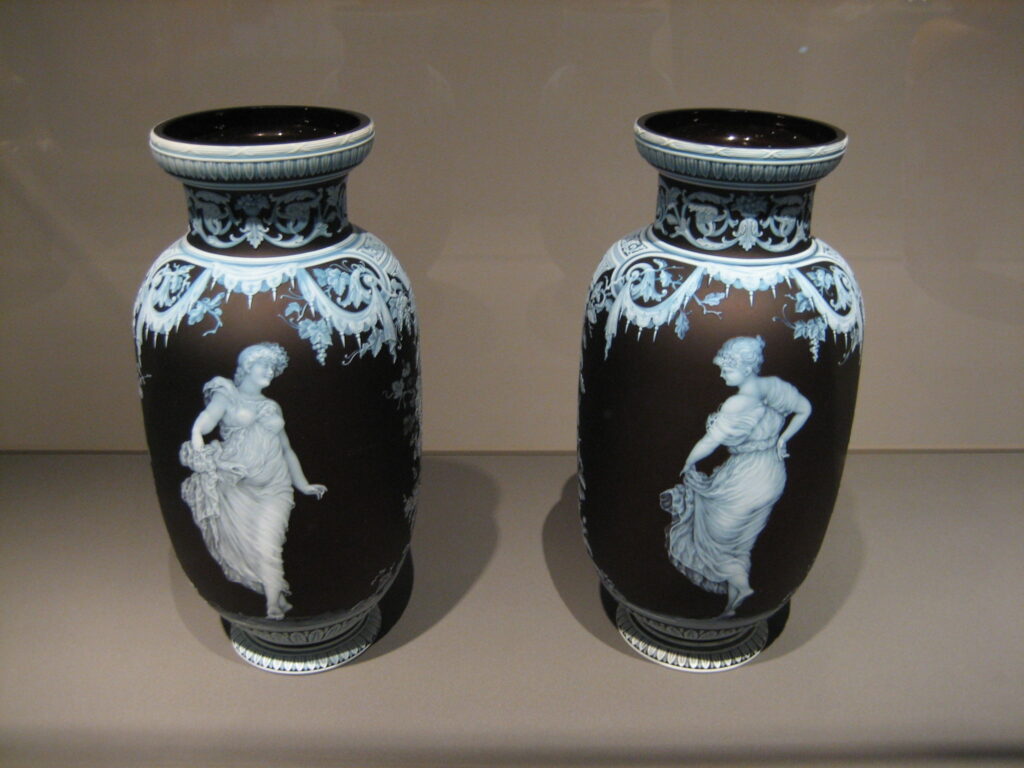
Victorian porcelain vases were produced in the mid-to-late 19th century and are prized for their delicate designs and fine craftsmanship. These vases often feature hand-painted floral patterns, gilded accents, and intricate detailing. What makes them priceless is their rarity, the quality of the porcelain, and the artistic craftsmanship that went into creating them. The estimated market value of a Victorian porcelain vase can range from $200 to $5,000, with some rare examples reaching even higher prices.
These vases represent the Victorian era’s love for ornate and decorative art. They were typically used in upscale homes as decorative objects, showcasing the wealth and sophistication of the owner. The fine porcelain and exquisite hand-painting make them highly sought after by collectors today. Victorian porcelain vases continue to be treasured for their beauty and historical significance.
Victorian Gold Coins
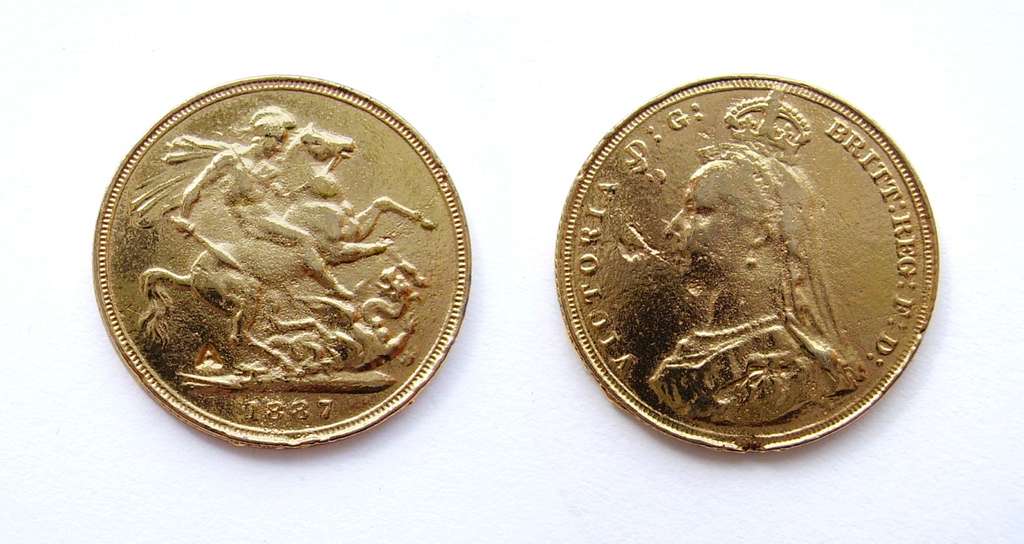
Victorian gold coins were minted during the reign of Queen Victoria in the late 19th century, and they reflect the wealth and prosperity of the British Empire. These coins, often featuring the image of Queen Victoria on one side, are made from high-quality gold and were used in trade and commerce. The value of these coins goes beyond their gold content; their historical significance and rarity make them highly valuable. The market value of Victorian gold coins can range from $500 to $5,000, depending on the coin’s rarity and condition.
Victorian gold coins are a tangible piece of history, reflecting the economic power of the British Empire at its height. These coins were used for everyday transactions but have become collectors’ items due to their age, design, and gold content. The designs, often incorporating intricate details, are admired by numismatists and collectors alike. The rarity and historical importance of these coins continue to drive their value in the collector’s market.
Victorian Automaton
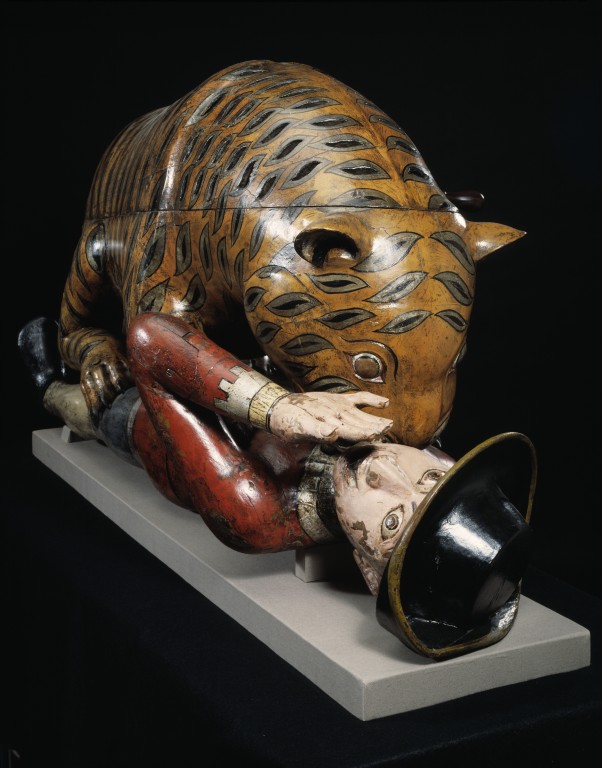
Victorian automatons were mechanical devices created in the 19th century, often designed to mimic human or animal movements. These fascinating machines were typically used as entertainment or as decorative items in wealthy Victorian homes. What makes automatons priceless is the mechanical ingenuity involved in their creation, often featuring intricate gears, movements, and lifelike features. Depending on the rarity and condition, the market value of a Victorian automaton can range from $1,000 to over $50,000.
These pieces represent the intersection of art, engineering, and entertainment in the Victorian era. Automatons were often displayed as curiosities, providing a sense of wonder and fascination for their owners and guests. Their craftsmanship and the complexity of their mechanisms make them highly desirable among collectors. Victorian automatons are seen as relics of a bygone era of mechanical innovation and creativity.
Victorian Silver Tea Service
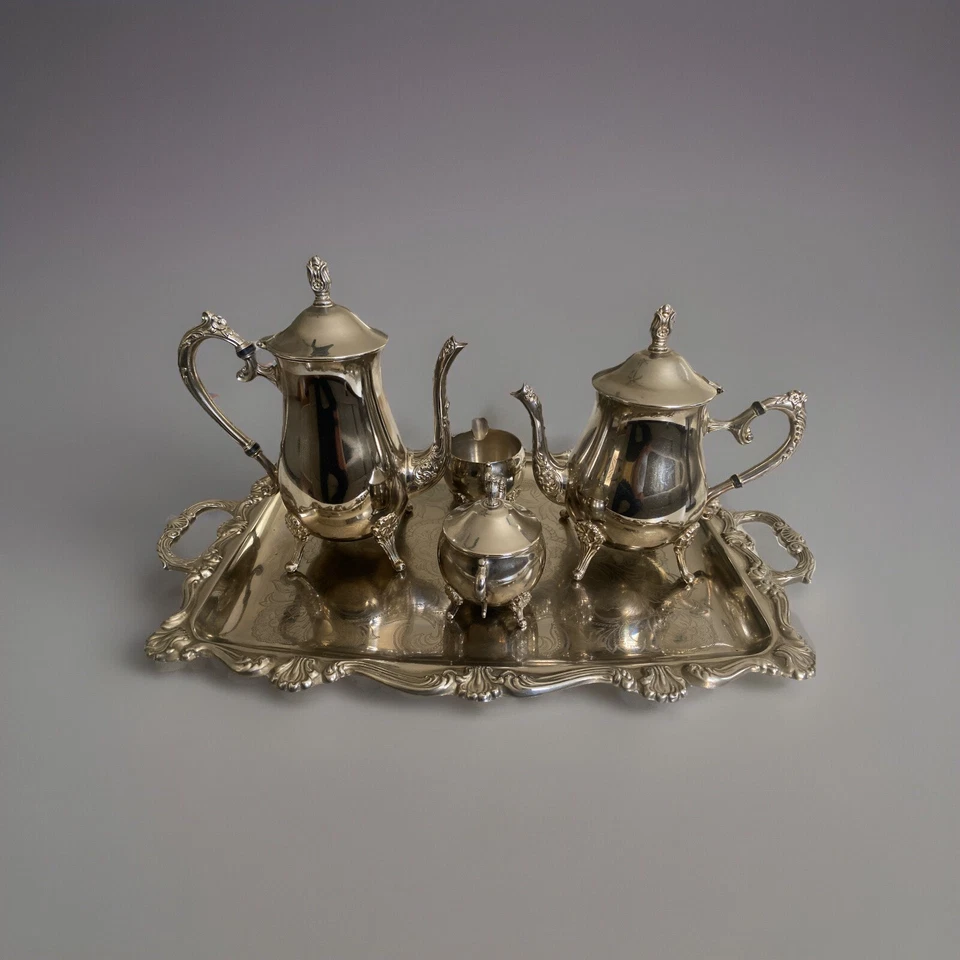
Victorian silver tea services were created in the mid-1800s and reflect the elegance of Victorian tea culture. These sets typically include a teapot, sugar bowl, milk jug, and tray, all crafted from sterling silver and often adorned with intricate designs. The value of these tea sets comes from the fine craftsmanship, the quality of the silver, and their connection to Victorian social customs. The market value of a Victorian silver tea service can range from $2,000 to $15,000 or more, depending on the maker and condition.
These tea sets were a symbol of wealth and status during the Victorian era, often displayed in the homes of the upper classes. The intricate designs, often featuring floral patterns and ornate handles, showcase the era’s love for decorative luxury. Today, these sets are highly sought after by collectors of antique silverware and those interested in the history of tea culture. A Victorian silver tea service is a timeless piece that represents the social rituals of a bygone era.
Victorian Cameos
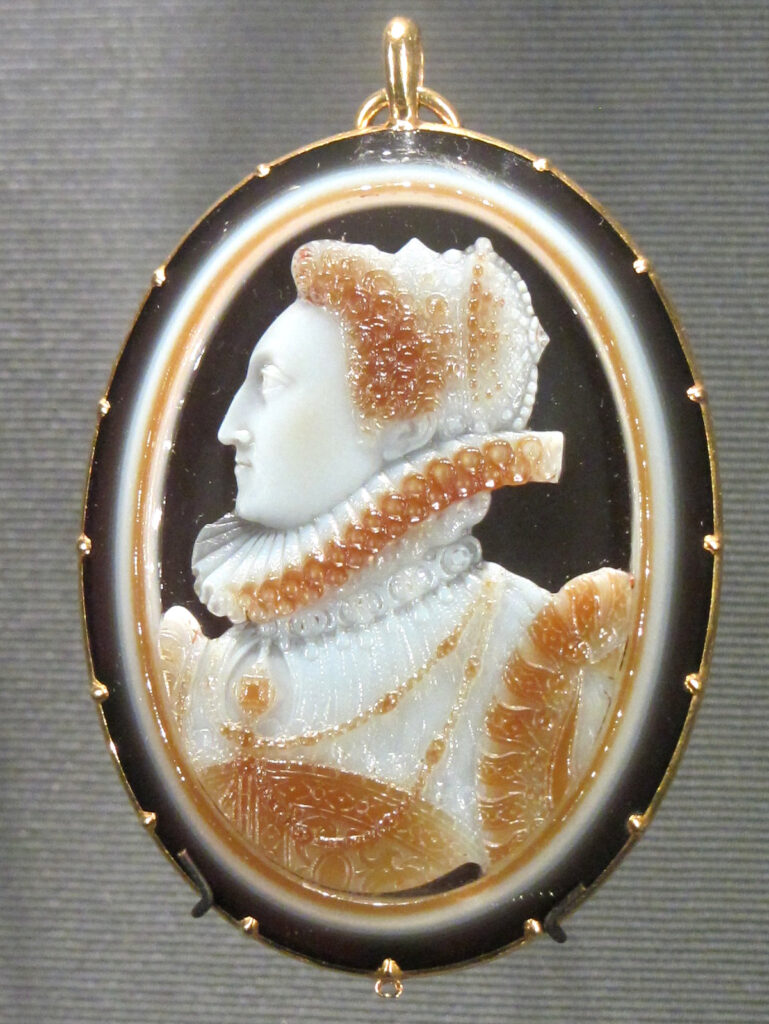
Victorian cameos were popular in the 19th century and are carved pieces of jewelry, usually made from shell or stone, depicting portraits or scenes. These cameos were often worn as brooches, necklaces, or rings and were highly fashionable during the Victorian era. What makes these cameos priceless is the detailed craftsmanship and the fine carving, which requires great skill. The market value of a Victorian cameo can vary from $100 to $5,000, depending on the material, craftsmanship, and rarity.
Cameos were seen as symbols of sophistication and elegance, often given as gifts or worn to mark special occasions. The designs typically depict profiles of women or classical scenes, showcasing the artistry of the time. Today, Victorian cameos are highly collectible and are prized for their artistic beauty and historical significance. These pieces of jewelry continue to be cherished as a link to Victorian fashion.
Victorian Porcelain Figurines
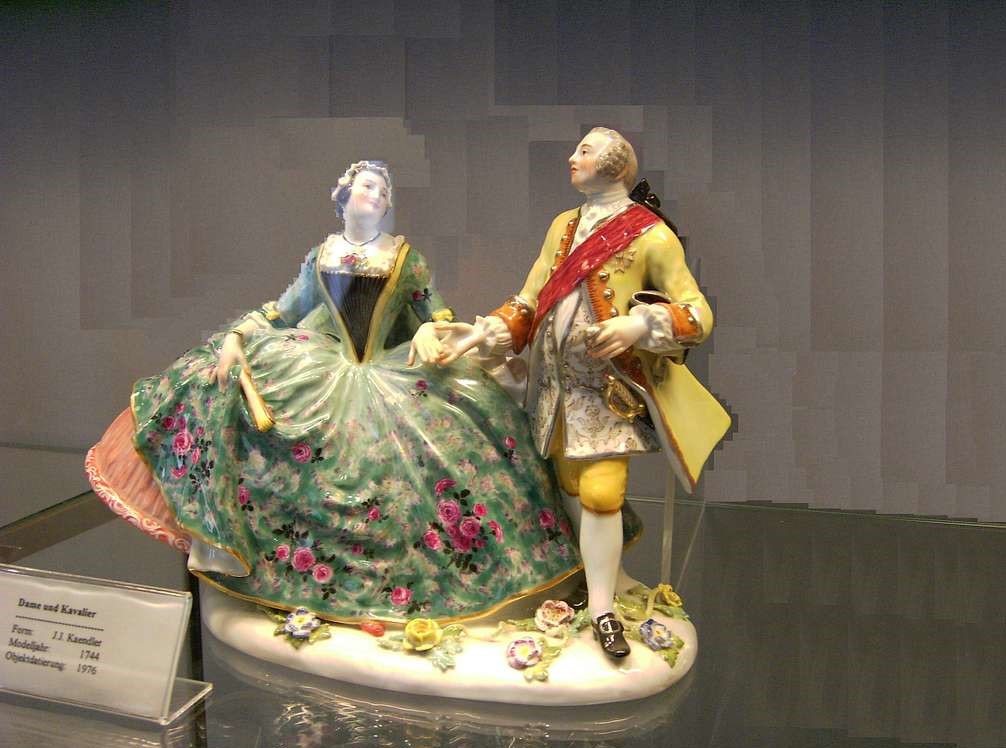
Victorian porcelain figurines were created in the 19th century, often depicting scenes of daily life, animals, or mythical figures. These delicate pieces were made from fine porcelain and were typically hand-painted with intricate details. What makes them priceless is the combination of fine porcelain, skilled craftsmanship, and the artistic themes they represent. The market value of a Victorian porcelain figurine can range from $50 to $3,000 or more, depending on rarity and condition.
These figurines were often displayed in the homes of the upper class as decorative pieces, showcasing the wealth and taste of the owners. They represent the elegance and charm of Victorian aesthetics, often depicting women in elaborate dresses or pastoral scenes. Collectors today value these figurines for their detailed artistry and connection to the Victorian era. Victorian porcelain figurines are timeless treasures that continue to fascinate collectors.
Victorian Writing Desk
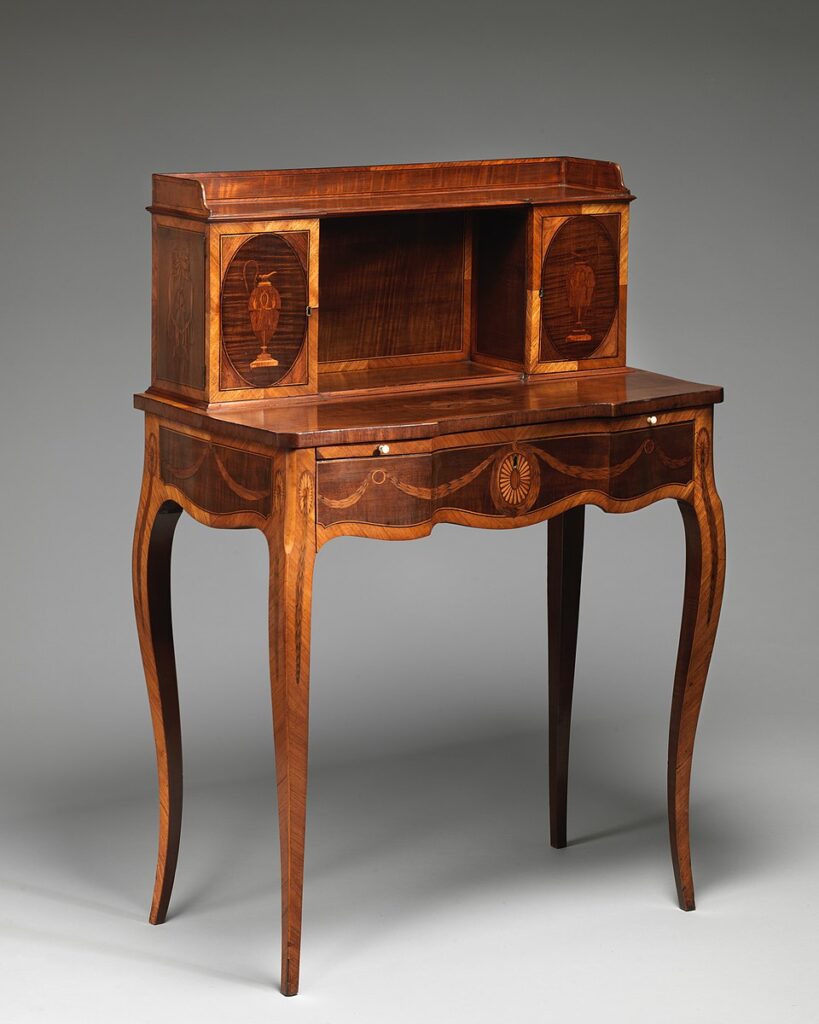
Victorian writing desks were created in the mid-19th century and are known for their elegant, ornate designs. These desks were often made of fine woods like mahogany and oak, with intricate carvings and polished finishes. What makes them priceless is the craftsmanship, the high-quality materials, and their association with Victorian-era luxury. The market value of a Victorian writing desk can range from $500 to $10,000, depending on its size, maker, and condition.
Victorian writing desks were not only functional but also decorative, often placed in drawing rooms or studies. They were designed with multiple compartments for storing pens, paper, and inkwells, making them both practical and beautiful. These desks symbolize the growing importance of personal writing and correspondence during the Victorian era. A well-preserved Victorian writing desk is a cherished piece of history that adds character to any home.
Victorian Brooches and Lockets

Victorian brooches and lockets were popular in the 19th century and are prized for their intricate designs and sentimental value. These pieces were often made from gold or silver and adorned with gemstones or enamel. What makes them priceless is their historical significance and the craftsmanship that went into creating them. The market value of a Victorian brooch or locket can vary from $100 to $5,000, depending on the materials used and the intricacy of the design.
Brooches and lockets were popular accessories during the Victorian era, often worn as a symbol of love, friendship, or family. They were commonly given as gifts to mark special occasions, such as engagements or anniversaries. Many of these pieces contained hidden compartments, where portraits or mementos could be stored. Today, Victorian brooches and lockets are highly collectible for their beauty and emotional significance.
Collecting Victorian antiques allows one to connect with the past and appreciate the fine craftsmanship of an earlier time. These items hold both historical and artistic value, making them treasures for any collection. As their value rises, they become even more sought after.
This article originally appeared on Avocadu.
